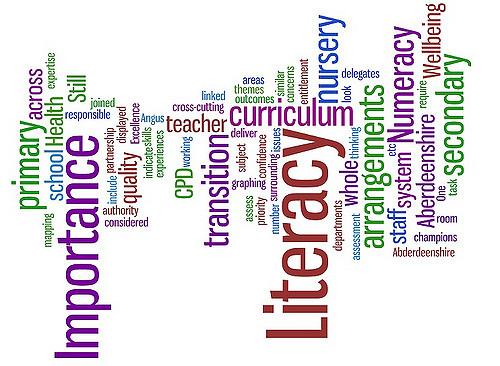When we speak about health literacy, we are referring to two different skills. To understand a health problem, to be able to give informed consent, you need reading skills and number skills, that later is formally termed numeracy. Both are in short supply in the general population with some pessimistic reports noting that nearly half the American adult population would have difficulty navigating and understanding bus schedules.
A new study in the Journal of Aging and Health explores where adults, age 45 to 74 and presumably the most in need of advice seek information using a survey of adult competencies gathered from 2012 to 2014. The question that tried to answer was which one of eight sources [1] did people rely on based on their literacy and numeracy. Literacy and numeracy were ranked from on a 0 to 5 scale, where the higher number was more proficient, and each lower level was unable to perform 50% as well. [2] Additional variables assessed included age and self-assessed health status (poor to excellent), gender, race, and education level.
Where did individuals seek information?
Here is where people looked for their health information. I am happy that real physicians continue to be the most used resources, continuing to beat out Dr. Google and his AI associates
|
Category |
Source of Most information |
Not a source of information |
|
Health Professionals |
49% |
5 % |
|
Internet |
36% |
23% |
|
Television |
31% |
10% |
|
Friends and Family |
21% |
7% |
|
Books |
16% |
19% |
|
Radio |
9% |
34% |
|
Newspapers |
9% |
32% |
|
Magazines |
9% |
23% |
But people, potential patients, selections differed when characterized by literacy. Individuals with poorer literacy made use of health professionals and the internet less often. The reasons for that may be attributed to the fact that the internet remains, for all the pictures and videos, an information source navigated by reading. Or it may be that literacy and income are fellow travelers, where those with less literacy have less income and access to physicians.
Individuals with poor numeracy, a skill vital to understanding risk and benefit, sought health information from books, newspapers, magazines, and TV. Again the underlying reason is unknown, but we can conjecture that these formats are based around storytelling – a means of conveying information with few if any numbers or ratios.
For all the regulatory effort to provide risk and benefit information or useful drug pricing, many American adults simply cannot process the information. It is like our regulatory efforts for food labeling. Here is what one study reported.
“Poor label comprehension was highly correlated with low-level literacy and numeracy skills, but even patients with higher literacy could have difficulties interpreting labels.”
I could find no similar study for those direct-to-consumer drug advertisements. The literature speaks about its effect on consumer behavior, not comprehension. Evidence-informed policy begins with evidence, and the evidence here is clear, American adults with lower levels of health literacy need something more than advertisements and stories to make informed health decisions, and we are failing to provide that information. Regulation will not correct a lack of literacy or numeracy; perhaps it is time that we require competency in basic life skills from our education system. Where is Home Economics and Health classes when you need them?
[1] Health professionals, Internet, television, friends and family, books, newspapers, magazines, and radio
[2] If level 5 could answer ten questions correctly, level 4 would only get 5 of them correct, and level 3 would only get 2 or 3 correct.
Source: Literacy, Numeracy and Health Information Seeking Among Middle-Aged and Older Adults in the United States Journal of Aging and Health DOI: 10.1177/089826431880918




